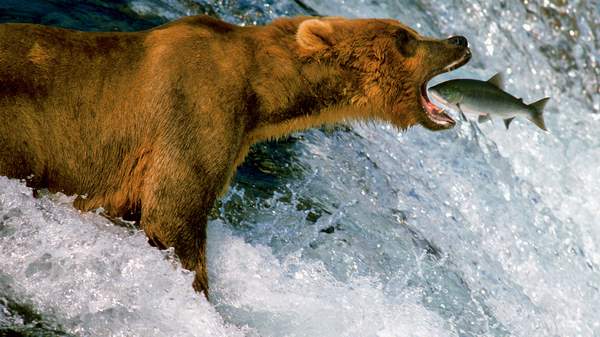Overview
The fishing industry has changed. Long gone are the days where an intrepid fisherman would risk all, battling the elements to feed his village. This is not to say that hero status can't be conferred when the boys bring home the bounty for the team in the summer holidays, but commercial fishing is a different game.
The old romanticism is gone from this billion dollar industry. Factory ships plunder the ocean floor with bottom trawling, pair trawling and other indiscriminate methods, hauling up huge amounts of by-catch so that you can get your tasty fillets.
Our Aotearoa has some great seafood, but it'll taste better knowing that what you're eating will be around for years to come. So how can you be sure that your scrumptious seafood is sustainable? Read on to find out.
Avoid Snapper
For a great many kiwis, snapper is our iconic table fish. These tasty, bottom-dwelling predators are quick to take baits and immensely popular for recreational fishing and restaurant trade.
The Best Fishing Guide produced by clever wildlife advocates Forest and Bird, tells us that snapper are some of the most at risk fish.
The fact is, there are heaps of fish that are just as good (if not better) to eat than snapper, it is just a matter of pushing the boat out and giving them a try. It is of course, purchasing decisions that drive demand in the commercial industry - leading to the over-fishing of our snapper.
Forest and Bird says it's the fishery where Hauraki Gulf long liners are allegedly responsible for a bycatch of globally threatened black petrels and, where, on the South Island West Coast, stock is down to 10 per cent of biomass.
Chef Bosley Breaks the Mould
History has shown us that a bit of creative marketing is often all it takes to break consumer prejudice. In 2012, when Red Cod was deemed as a sustainable but unpopular choice for diners, Martin Bosley started serving Southern Bastard Cod at his top class restaurant in Wellington and people gave it a try.
The result? Much less pressure on the threatened blue cod fishery, happy customers and more profit for Martin. Perhaps due to its newfound popularity however, Red Cod is now low on the Best Fish guide.
It appears that skilled chefs can easily change perceptions around which seafood we can try - Bosley now serves Kina tempura, while other culinary heavyweights Nadia Lim and Al Brown have weighed in with Trevally Ceviche and Sauteed Masala Herrings.
Fish Farms
We hear much about how aquaculture is going to improve the sustainability of eating fish. But when salmon farms – which have grown considerably since their controversial expansion in the Marlborough Sounds – use fishmeal, it requires about 5 kilograms of wild-caught feedstock to make one kilo of farmed salmon.
If they don't grow on fish, then they are grown on meat from the abattoir. This raises serious concerns about the claim of NZ King Salmon Company that their feed "replicates the natural diet of wild salmon".
So what are we really eating when we have a tasty smoked salmon and cream cheese bagel?
The answer is a mix of stuff that fish would never usually eat, and astaxanthin (a carotenoid pigment), which gives the fish their distinctive pink flesh – something they don't otherwise get when farmed due to dietary deficiencies. An average farmed salmon steak is nearly ten times higher in PCBs (a carcinogenic cancer-causing chemical) than a wild one.
On top of this, the immense pollution created by fish farms needs to be thought of. The excreta from an average salmon farm is estimated to equal the same amount of untreated sewage as a city of 7,500 people.
So, What Seafood is Sustainable?
The Best Fish Guide is a perfect place to start - with an app that lets you check a fish breed's sustainability while you shop. If you have the choice, go for fish from longline fisheries such as Leigh Fisheries or Yellow Brick Road.
If you are keen on recreational fishing, then why not try spearfishing? This way, you are not harming any undersized fish and you can choose which species to target too.
Next time you sit down for sushi, have a second thought and ask as to where it came from before it was rolled up, chopped and put on your plate. If you want to.
